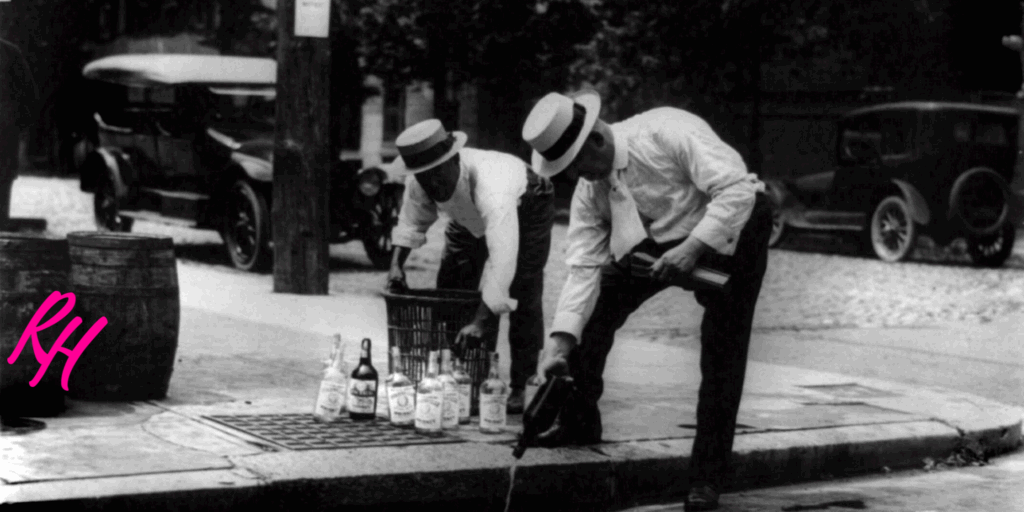Why Our Brains Miscalculate Risk
Here’s what neuroscience tells us about why we consistently underestimate the cost of inaction: our brains are wired to weigh immediate, concrete costs more heavily than future, abstract ones.
When we consider taking action, the costs are vivid and immediate. We can picture the meeting where we might get rejected, the project that might fail, the conversation that might go badly. Our ancient brain treats these scenarios like tigers—immediate threats requiring immediate avoidance.
But the costs of inaction? They’re abstract, delayed, and often invisible. We can’t easily picture the opportunity that passes us by, the skills that atrophy from disuse, the markets that shift while we stay still.
This is why research shows that people regret things they didn’t do far more than things they did. A stunning 76% of people’s biggest regrets involve inaction rather than action. Yet we continue to make decisions as if action is always riskier than inaction.
The Opportunity Cost of Comfort
There’s a concept in economics called opportunity cost—the value of the best alternative you give up when making a choice. When we choose inaction, we’re still making a choice, and that choice has an opportunity cost that we rarely calculate.
Think about the skills you haven’t developed because learning them felt risky or uncomfortable. The relationships you haven’t built because reaching out felt vulnerable. The ideas you haven’t shared because they might be criticized. The projects you haven’t started because they might not work
Each of these non-decisions has an opportunity cost. But because we didn’t take the action, we can’t see what we missed. The absence of evidence becomes evidence that we made the right choice.
When Playing It Safe Becomes Dangerous
I see this most clearly in organizations that have become addicted to “more data” before making decisions. They’ve convinced themselves that gathering additional information is prudent leadership when it’s often procrastination dressed up as diligence.
The Psychology of Decision Paralysis
Decision paralysis isn’t usually about lacking information—it’s about lacking tolerance for uncertainty. When we demand certainty before acting, we’re essentially demanding that life come with guarantees. But the only guarantee is that while we wait for certainty, the world keeps moving.
I’ve noticed that the leaders who struggle most with inaction aren’t the ones facing the biggest risks—they’re the ones who’ve become addicted to control. They’ve mistaken the absence of a decision for the presence of safety.
But here’s what they don’t realize: inaction is still action. Choosing not to decide is still a decision. And that decision has consequences, even if they’re invisible at first.

The Compound Interest of Small Actions
Just as money compounds over time, so do the effects of action and inaction. Small actions taken consistently create exponential results. Small inactions compound into massive missed opportunities.
Consider two leaders facing the same challenge: developing their team’s skills for an uncertain future. Leader A invests in training programs, knowing some might not deliver immediate results. Leader B waits for “proven” approaches, wanting guaranteed ROI before investing.
A year later, Leader A’s team is more adaptable, engaged, and innovative, even if every training investment didn’t pay off perfectly. Leader B’s team is exactly where they started, but now they’re a year behind in a rapidly changing market.
The compound effect of Leader A’s “imperfect” actions far exceeded the compound effect of Leader B’s “prudent” inaction.
How to Calculate the True Cost of Inaction
When facing a decision, most leaders ask: “What might go wrong if we do this?” But they rarely ask the equally important question: “What might go wrong if we don’t?”
Here’s a framework I use with leadership teams to make the invisible costs of inaction visible:
Opportunity Cost Analysis: What opportunities might pass us by while we delay? What could competitors accomplish in that time?
Skill Atrophy Assessment: What capabilities do we lose by not practicing them? How does our team’s confidence erode when we consistently choose safety over growth?
Market Position Impact: How does our reputation change when we’re consistently followers rather than leaders? What does this teach customers about our innovation capacity?
Cultural Consequences: What message does chronic inaction send to our best performers? How does it affect our ability to attract talent who want to work for decisive organizations?
The Regret Audit: If we’re having this same conversation a year from now, what will we wish we’d done today?
When Inaction Is Actually Wisdom
To be clear, I’m not advocating reckless action or suggesting that every decision should be made quickly. There are times when patience, deliberation, and strategic waiting serve us well.
The difference is intentionality. Wise inaction is chosen consciously, with full awareness of both the costs and benefits of waiting. Destructive inaction is often unconscious—a default response driven by fear rather than strategy.
Wise leaders ask: “What do we need to know that we don’t know, and how long should we reasonably take to learn it?” They set decision deadlines and stick to them.
Paralyzed leaders ask: “What if we’re wrong?” without equally considering: “What if we’re wrong about waiting?”
The Action Bias That Serves You
In psychology, there’s something called “action bias”—the tendency to favor action over inaction, even when the best choice might be to wait. It’s usually discussed as a cognitive error.
But what if, in our current environment of rapid change and increasing complexity, action bias is actually adaptive? What if the real cognitive error is inaction bias—the tendency to favor waiting and gathering more information over making decisions with incomplete data?
When the cost of being wrong about acting is lower than the cost of being wrong about waiting, action bias becomes wisdom.
Your Next Move
If you’re facing a decision you’ve been delaying, ask yourself: What is this hesitation costing me that I can’t see? What would I advise someone else in my exact situation? What will I wish I’d done if I’m facing this same decision a year from now?
Most importantly: What is my stress about this decision trying to tell me? Often, our anxiety about a choice is actually pointing toward its importance, not its danger.
The discomfort you feel about taking action might not be a warning to avoid it—it might be information that this decision matters enough to act on, even without perfect information.
The Bottom Line
Playing it safe isn’t safe anymore. In a world of accelerating change, the biggest risk isn’t making the wrong decision—it’s making no decision at all.
Your stress about important choices isn’t a signal to wait for more certainty. It’s energy that can fuel the courage to act despite uncertainty.
The costs of action are visible and immediate. The costs of inaction are hidden and compound. Don’t let the fear of what might go wrong prevent you from considering what might go right.

![Fearless blog FEAR[less] blog](https://rebeccaheiss.com/wp-content/uploads/2024/05/Fearless-blog.png)


